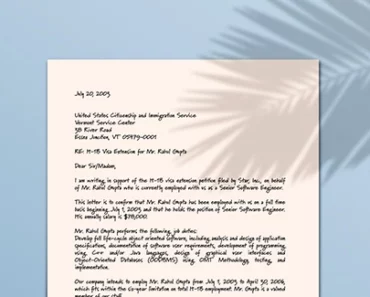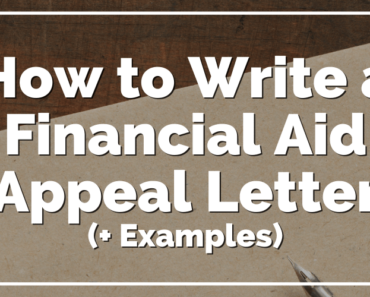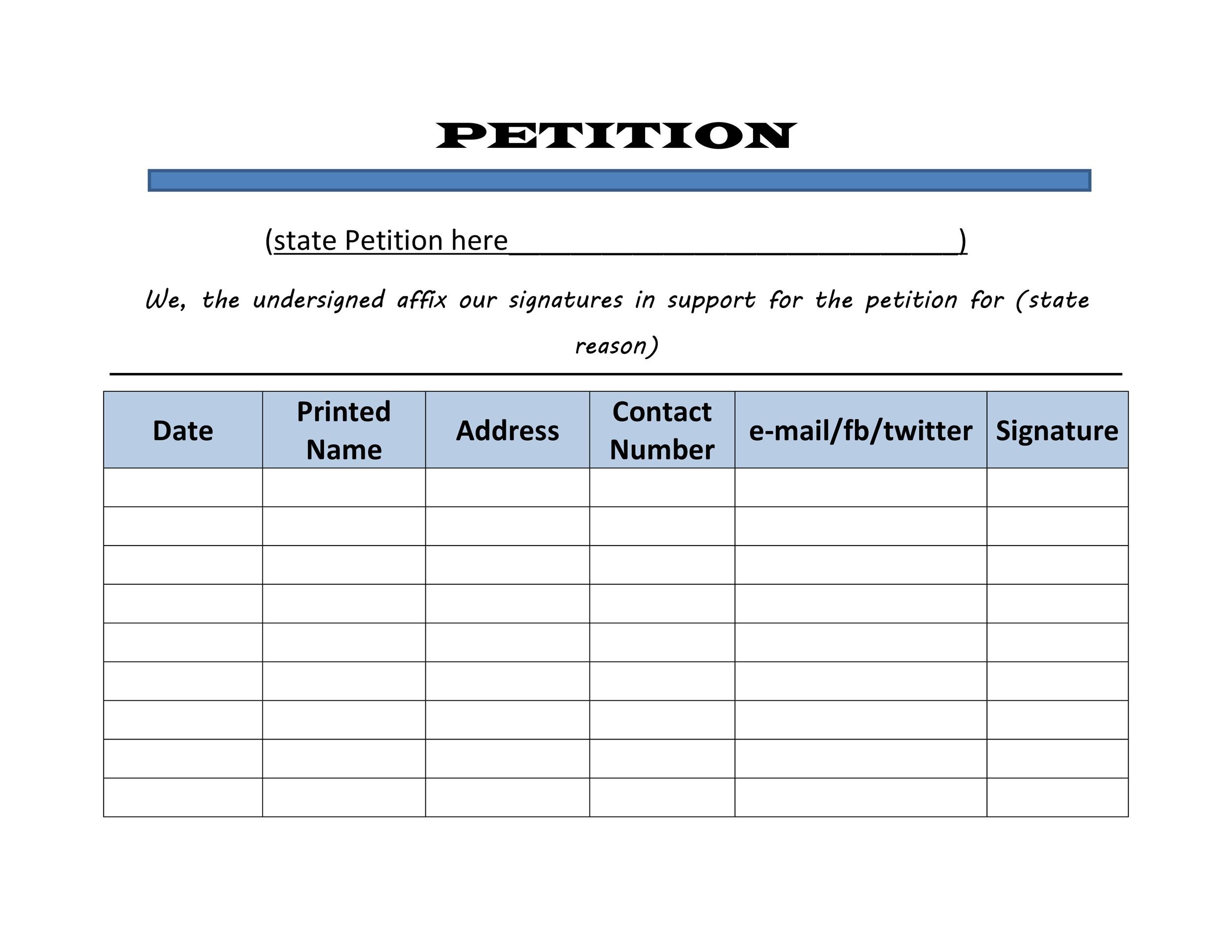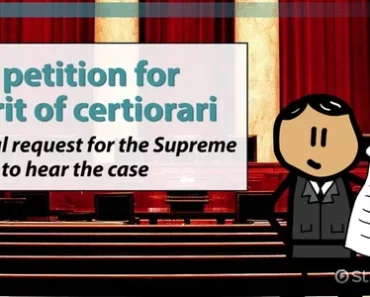A petition letter is a formal document that is used to request a particular action or change from a government, organization, or individual. The goal of a petition letter is to persuade the recipient to take action or make a change in response to a particular issue or concern. In this article, we will discuss the key elements of a petition letter and provide tips for writing an effective petition letter.
- Introduction The introduction of a petition letter should be clear and concise. It should state the purpose of the letter and explain what action or change you are requesting. It is important to grab the reader’s attention in the first few sentences and make them interested in reading the rest of the letter.
- Background In the next section of the petition letter, provide some background information on the issue or concern that you are addressing. This section should help the reader understand the context and scope of the issue, and why it is important to take action. Use relevant statistics, facts, and examples to support your case.
- Reasons for the Request In this section, provide the reasons why you are requesting the particular action or change. Explain how it will benefit the community or individuals affected by the issue. Use clear and persuasive language to make your case.
- The Request The request is the most important part of the petition letter. Clearly state the action or change that you are requesting. Be specific and provide details on what you want the recipient to do. Use concise and clear language to make your request.
- Supporting Evidence In this section, provide supporting evidence for your request. This can include relevant research studies, reports, and expert opinions. Make sure to cite your sources and provide any necessary background information on the evidence you are presenting.
- Conclusion The conclusion of the petition letter should summarize the main points and restate the request. You can also use this section to encourage the recipient to take action and thank them for considering your request.
- Signature and Contact Information At the end of the petition letter, include your signature and contact information. This will allow the recipient to follow up with you if they have any questions or need more information.
Tips for Writing an Effective Petition Letter:
- Be concise and clear: Use clear and concise language to make your case. Keep the letter to one or two pages if possible.
- Use persuasive language: Use persuasive language to make your case. Use strong verbs and avoid passive voice.
- Be specific: Be specific in your request and provide details on what you want the recipient to do. Provide clear timelines if applicable.
- Use supporting evidence: Use relevant research studies, reports, and expert opinions to support your case.
- Follow the guidelines: If you are submitting the petition to a particular organization or government agency, make sure to follow their guidelines and requirements for submitting petitions.
- Make it personal: Use personal stories or anecdotes to illustrate the impact of the issue you are addressing.
- Proofread: Proofread the letter for spelling and grammar errors. Ask someone else to review the letter before submitting it.
In conclusion, a petition letter is a formal document that is used to request a particular action or change from a government, organization, or individual. The key elements of a petition letter include an introduction, background, reasons for the request, the request, supporting evidence, conclusion, and signature and contact information. To write an effective petition letter, be concise and clear, use persuasive language, be specific, use supporting evidence, follow guidelines, make it personal, and proofread the letter.





